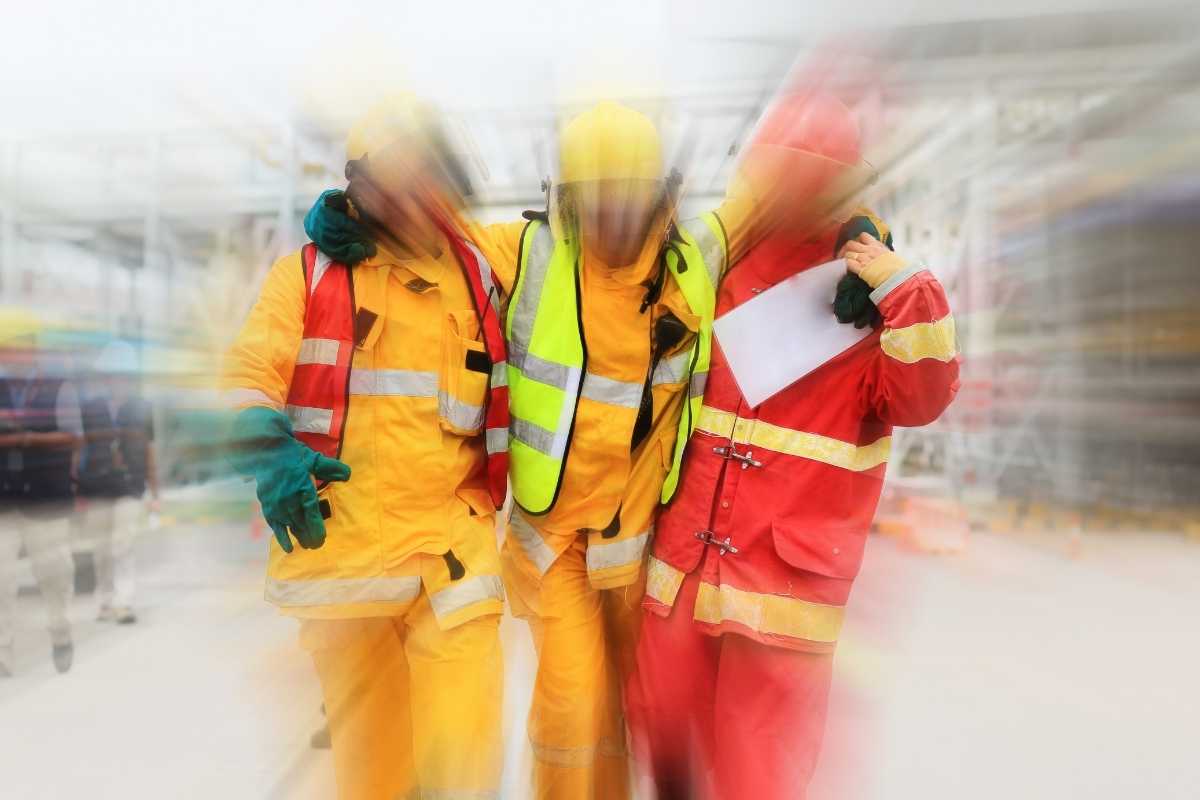Emergency Response operations present significant hazards to responders. Mitigating these hazards and reducing risk to responders during operations is a complex undertaking due to the interactive complexity and tight coupling of the response environment and response operations.
An illustration of such complex and dynamic challenges is provided by structural fires. Structural fires develop quickly, requiring decision making and action under extreme time pressure and these conditions require a high-level of situational awareness and decision making skills that is dependant on recognition of complex patterns of information presented by the fire environment.
Emergency Response Teams need exposure to realistic training scenarios to fully experience the response environment and how to combat it.
Command and Control
Fundamental to effective emergency management is competence in decision making. When faced with urgent and dynamic demands, emergency responders must be capable of adopting a decision making style appropriate for responding to these more pressing circumstances.
Decision making in high risk/high pressure environments (such as emergency response) is characterised by uncertain goals, incomplete information, missing data and the need to make decisions whilst working under these conditions.
The cognitive demands on commanders in stressful situations can lead to reduced concentration, narrowing perception, fixation, inability to perceive simultaneous problems, difficulty in prioritising and distorted time perception.
Training programs to enhance the development of adaptive expertise in response command and control need to be embraced in order to develop an intuitive or recognition primed decision making process in commanders. This process is necessary in conditions where there may not be a written rule or procedure but the commander rapidly recognises the type of situation and immediately recalls an appropriate course of action on the basis of previous experience.
Less experienced commanders need to be trained to recognise the key features or cues of different scenarios using simulated incidents with detailed feedback on their decision making. They need to develop a store of incident memories which they can use to drive their search for the critical classifying information at a new incident.
The focus for commanders should be in clear non-technical skills relevant to incident command such as leadership, situation awareness, decision making, team climate and communication.
Technical Proficiency
Currently, there is a lack of training conducted to support the Emergency Responder in carrying out the full capability suite that they are tasked to provide on-site. As current responders collective experience diminishes there is great concern that they lack the ability to recognise potentially fatal conditions in the response environment and this will inevitably result in injuries and fatalities among emergency responders and workers.
Prior training in emergency response skills is an essential component in the conduct of successful emergency response operations. A solid knowledge of basic emergency response skills is essential if they are to provide an effective capability. There is no time to “learn as you go” when lives are on the line. Emergency response actions take place in difficult circumstances and dangerous environments placing significant stress on emergency responders, necessitating skills that are second nature.
Responders require the ability to systematically assess risk during the conduct of incidents to ensure responder safety. Dynamic risk assessment is a process that is acquired through effective and relevant training in realistic environments. This competence is best gained by exposure to real incidents.
A recent study of fire service near-miss incidents in the U.S. found that 90 per cent of incidents occurred due to the following:
poor decision making,
inadequate or incorrect perception of the situation, and
a lack of skill for the task.
Experience is necessary and the most effective way to gain that experience is to learn from the experience of others. To this end I believe that technical/practical training should receive a greater emphasis than it does. Theoretical education is not a valid substitution for experience and training but it allows a synergistic effect when combined with experience and training.
Conclusion
Emergency responders need to conduct stressful iterative training regimes that facilitate a thought process at real incidents that functions by “second nature”. To place this into a military context, soldiers who have not been trained under stressful conditions do not react well when confronted with antagonistic situations.
Emergency response incidents necessitate the very highest standards of competence of all responders to ensure safety is not compromised with the resulting injuries and deaths.
The Emergency Response Teams onsite are tasked with providing an effective consequence management response and yet companies often fail to recognise clear weaknesses in their ability to promote, train and support effective emergency responders.
There currently exist vast inadequacies in the practical knowledge base of commanders and responders and the concomitant inability to assert effective incident control would undoubtedly cause a major systemic failure which would likely result in injury and death.
We must ensure that the safety of emergency responders is paramount and that their ongoing professional development recognises real world incident scenarios, even though there may not be every day occurrences.
Emergency response actions should be based on a sound foundation of knowledge and experience, effective training and assertive control. Any ERT training policy to address these issues involves the question of acceptable risk.
If you would like to know more or would like our assistance in the areas mentioned check us out at www.intrinsicsafety.com.au. Alternately, call us on 1300 990 336 or email us at [email protected]



